Books on the business of publishing
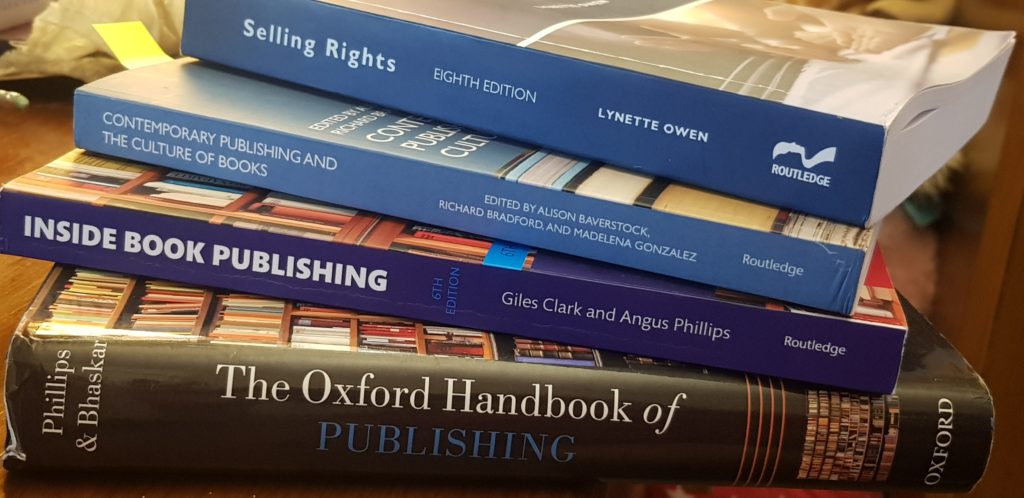
For more than 500 years the aim of all publishing was to produce a physical product, and therefore design was concerned with the qualities of the book as an object, taking into account its haptic qualities and durability as well as the visual arrangement of text, illustrations, and binding. The development of electronic publishing channels alongside the printed book has radically changed this. Publishers may control every aspect of a physical book’s design but, as content providers for electronic distribution, their influence overthe appearance of an electronic book and how readers interact with it may be limited by the devices and platforms on which they publish. The design of both the material book and the virtual book therefore need to be considered, because design for publishing involves the creation of both engaging individual artefacts and complex design systems.
p. 311, Paul Luna “Book Design”, Ch 19, The Oxford Handbook of Publishing ( eds. Angus Phillips and Michael Bhaskar, 2019)
Over the past few months, I have read a bunch of fascinating books on the business of publishing. These are — The Oxford Handbook of Publishing ( eds. Angus Phillips and Michael Bhaskar, 2019); Contemporary Publishing and the Culture of Books ( Eds. Alison Baverstock, Richard Bradford and Madelena Gonzalez, 2020); Inside Book Publishing ( Eds. Giles Clark and Angus Phillips, 6th edition, 2020) and Lynette Owen’s Selling Rights ( 8th edition, 2020). Two of these books, Inside Book Publishing and Selling Rights, are considered seminal reading, for book publishing professionals. Mapping the evolution of publishing in recent decades via the publication history of these two books is a tale unto itself. Massive shifts in the manner in which the business of publishing is conducted especially the variety of formats one has to contend with. Many of the production processes remain the same with technological advances improving the output. Yet, at the core of the business, little has changed. It is still a people’s sector that for the love of ideas and storytelling, an individual or a firm’s IPR is converted into a saleable commodity, a book. How it forms a market and operates across the globe is fascinating. It is also a unique industry in that every product created is specially designed. It is not a cookie-cutter formula applicable across the board for all products. This is also what makes the industry special.
The Oxford Handbook of Publishing is a fine collection of essays that delves into the business of publishing, from all aspects. The articles range from the history of publishing, book making, book design, rights, copyright, publishing and social responsibility, curation, globalization and publishing, strategies, educational and academic publishing, publishing and technology, marketing, libraries and bookselling. A variety of business models are discussed including those firms that have been listed on the New York stock exchange. Surprisingly, Scholastic Inc. that has been discussed in detail and is one of the few firms listed on the NYSE is not considered one of the Big Five publishers. Nevertheless, every single chapter is so packed with information, data and analysis that it takes a while to absorb it all. The concluding chapter discussing the future of publishing is thought provoking. It discusses the impact of AI on publising, the idea of translation on demand, a service made popular by Google Translate, the importance of ebooks, print on demand and the escalating costs of making print books.
Much of what is dicussed in this book is very relevant to the book publishing industry. It is seeped in histories. It shares immense amounts of knowledge as many of the essays are written by well-known publishing professionals. The case studies discussed in the book are informative and will make for essential reading in coming years. Yet it is inexplicable why large book markets outside of Anglo-America are reduced to passing references in the essays instead of being discussed in equal measure as examples cited from Anglo-America. It is an opportunity lost particularly when the business of publishing is viewed on a global scale where all markets are considered equally.
Nevertheless it is a book that is hugely useful and will find its place in many reference sections of libraries. It will be cited for many years to come. It is phenomenal work contained in a single volume.
Inside Book Publishing is already a classic in publishing studies. This is the 6th edition of the book whose editors are Giles Clark and Angus Phillips. Their opening remarks in the preface is worth reproducing:
The history of this book’s publication reflects the dramatic changes in publishing over the decades. Since its conception in the 1980s, the copyright of Inside Book Publishing has passed through six changes of outright publishing ownership, has appeared under five publishing imprints and has been worked on by eight editors. This story is not unique in publishing today.
The different editions of this book are excellent textbooks that give a clear understanding of what publishing entails. While this book has been written specifically for UK, it is a useful manual for others to consult too. Production processes are not very different in various territories. But what is truly unique in this particular edition of the book are the contributions by specialists entitled “Expert, focus and skills boxes”. It is a fantastic element to introduce in a textbook as it represents the diversity in the sector. So there are contributions by phenomenal book publicist Sam Missingham, publishing consultant Rudifer Wischenbart, journalist and International Editor of Publishers Weekly – Edward Nawotka and literary agent Juliet Pickering of Blake Friendmann. This is a book where every edition is worth treasuring!
Lynette Owen’s name is synonymous with selling of rights. Her expertise in this particular aspect of publishing is legendary. This is the eighth edition of her phenomenal book but she remains clear that it continues to be a “practical handbook for those working in the book industry, in particular rights staff working in pubilshing houses and literary agencies, but also recognising some readership from members of the legal profession with a particular interest in publishing rights, and by students on the various publishing degree courses.”
Selling Rights is more like an encyclopaedia of information on the rights market. It is a crucial segment of the publishing world. For years and years, it has been the purview of those skilled practitioners who have understood how book markets are defined and how rights operate within the territories. The buying and selling of rights is a significant contributor to the business of publishing. For decades these were confined mainly to the various print editions and whether hardback and paperback rights were to be sold together or separately. But with the twenty-first century and the explosion of multiple formats especially on digital platforms has resulted in this aspect of publishing becoming a lucrative segment but with many, many factors to be considered. Also, with growing awareness of copyright amongst authors and readers/audiences and with the growth of piracy, it is imperative that rights be managed correctly and securely. The best practices must be observed. Selling Rights is a brilliant handbook in that it encompasses all these aspects by having something for the novice to the world of rights to the more experienced professional. It is a must for all those professionals serious about copyright and observing ethical practices.
Contemporary Publishing and the Culture of Books is a collection of essays that engages with the impact of book publishing on book culture. It addresses interesting modern aspects of publishing such as the types of publishing houses that emerged especially in the digital landscape; structures of publishing houses and how they are being challenged or being diversified in response to evolving times; development of shared-reading communities; the review and the reviewer’ influence of creative writing courses and of couse the literary agent; the growing importance of audiobooks and finally an interesting segment on French children’s literature and autism. Many of these essays are very thought-provoking such as the one by Per Henningsgaard making the argument for Amazon to be included in the Big Six publishers. Another fascinating essay is by Jasmin Kirkbride on “Understanding our place: publishing’s role in the reading ecosystem under neoliberal economics”.
Contemporary Publishing and the Culture of Books as a standalone volume is fascinating but when read together as I did in conjunction with all the other books mentioend in this blog post, it helped plug in gaps that were evident in the other tellings. Simply because it was beyond the scope of the other books to take on aspects of book publishing as has been done in this volume. These are essays that make one think and not just observe, document and analyse existing publishing processes. These essays ask questions.
It has taken me weeks and months to read through these volumes. Yet, I feel that I need to return to these books over and over again. These are excellent reference volumes. At times to make sense of the rapidly evolving publishing business it is essential to read extensively especially specialist books like these where many years of shared experience and wisdom are encapsulated.
2 Aug 2020

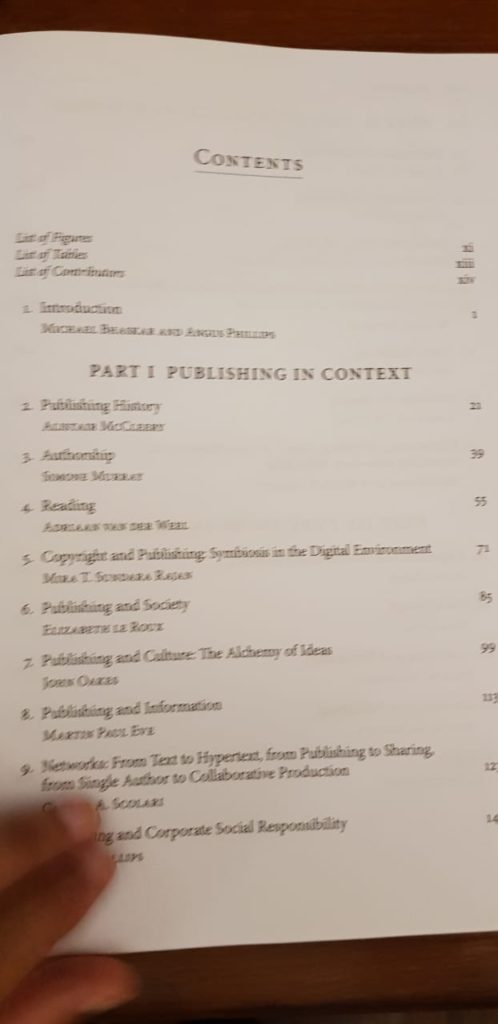
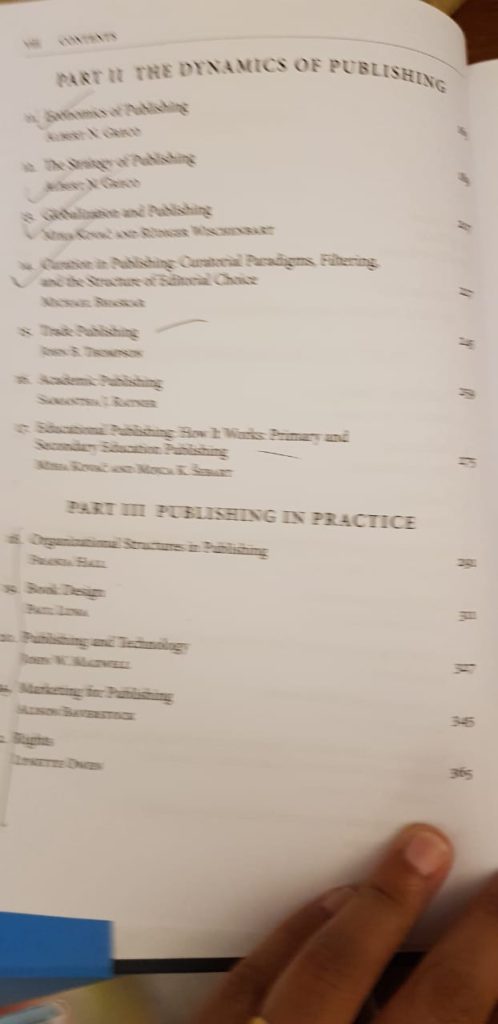

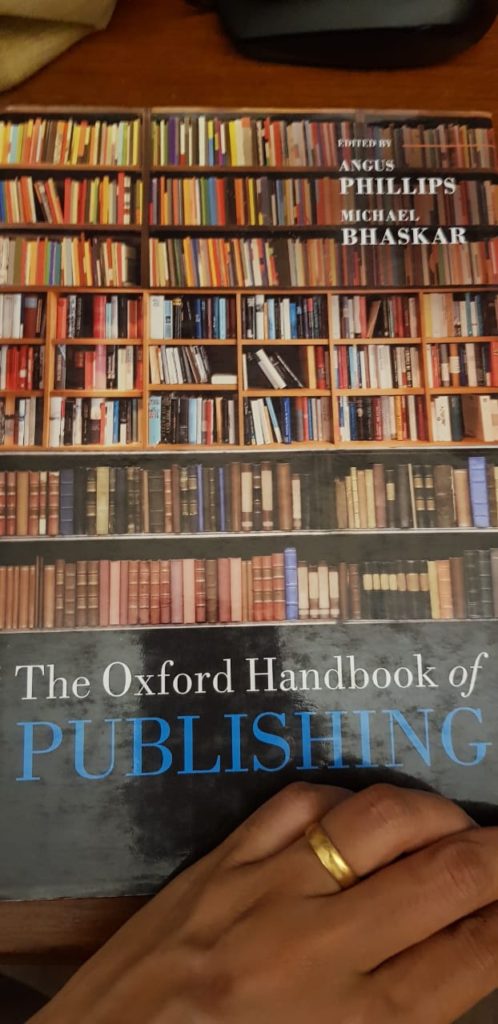
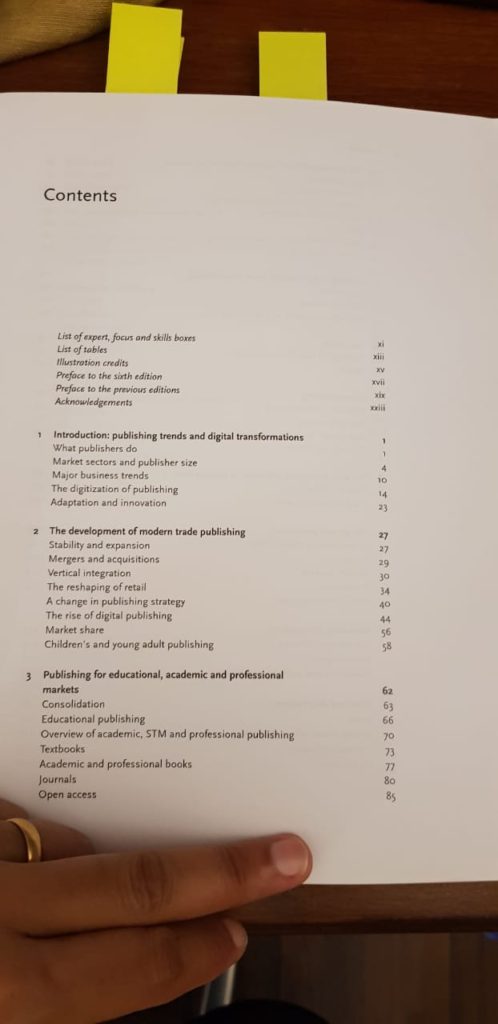
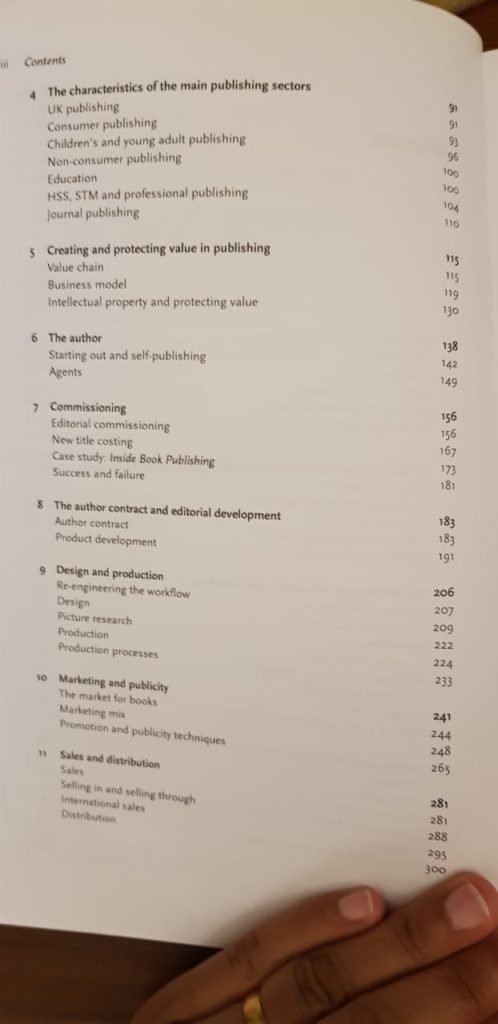
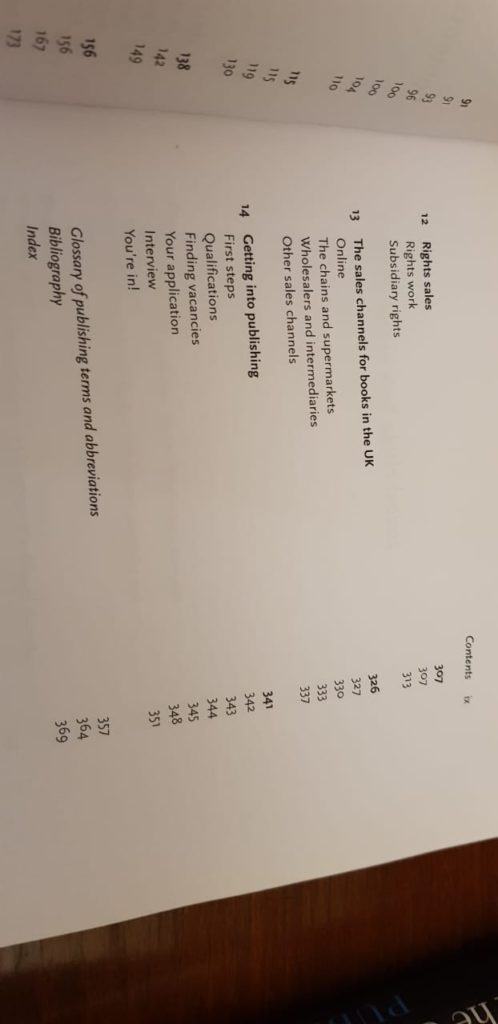
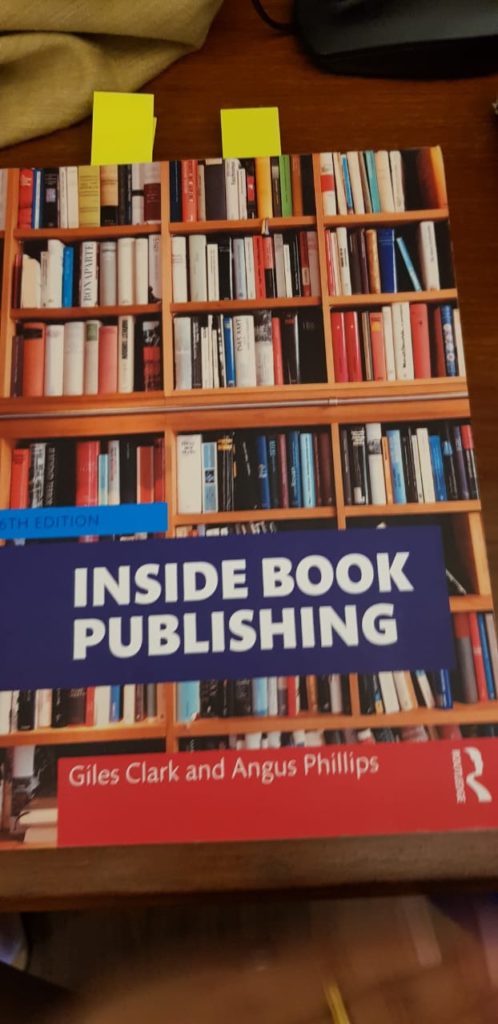

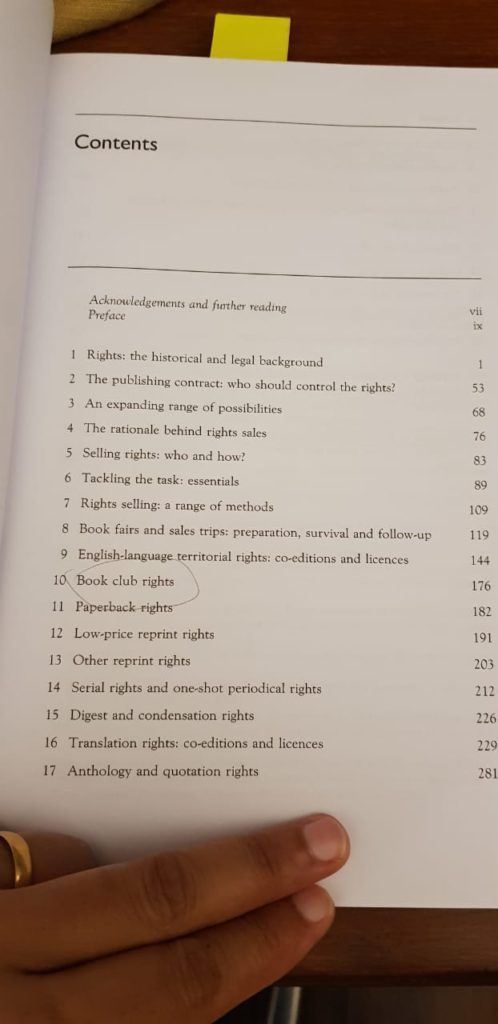
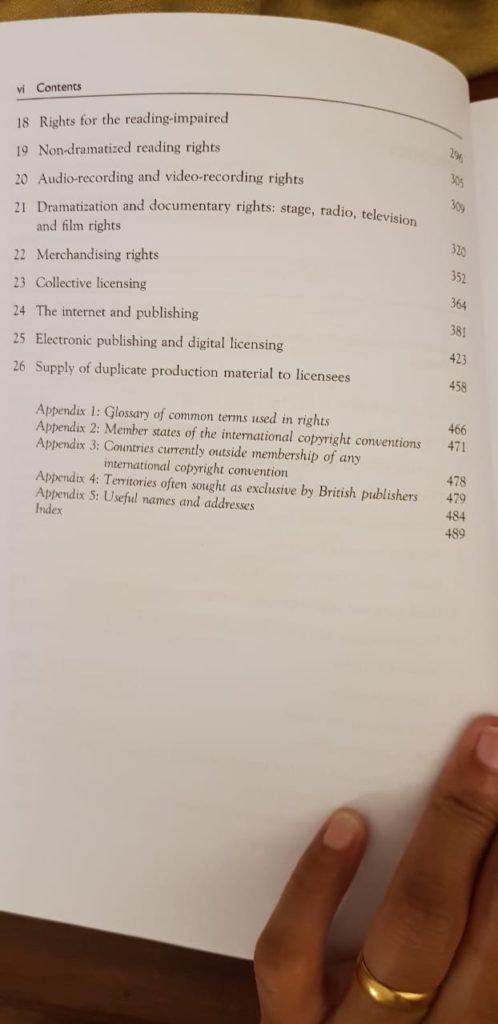

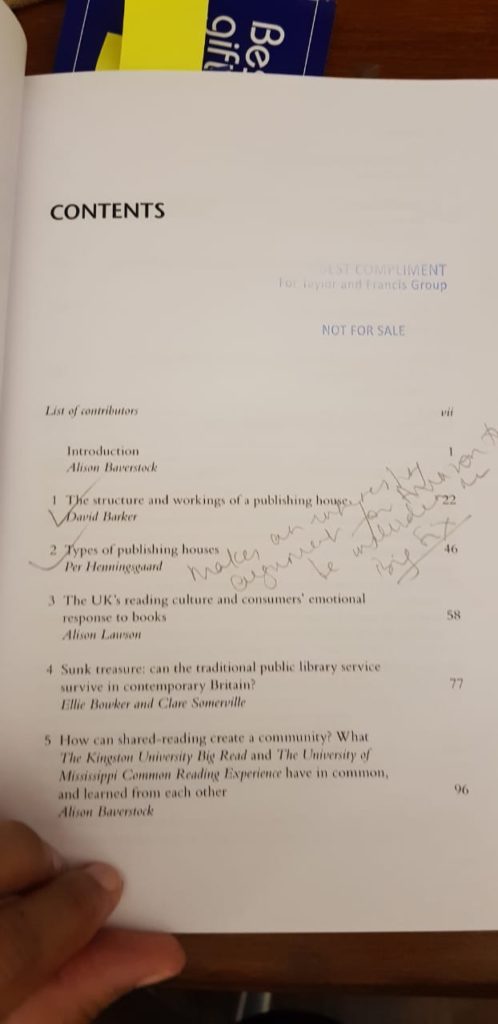

No Comments